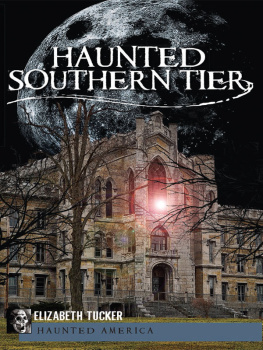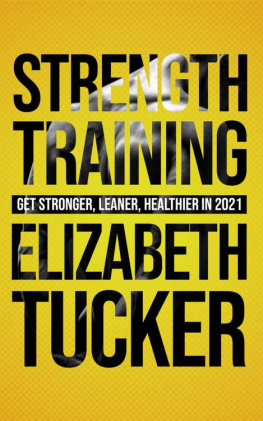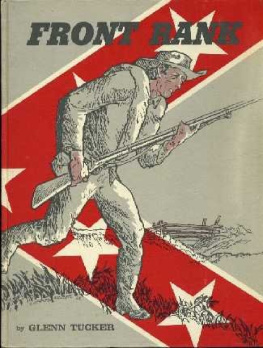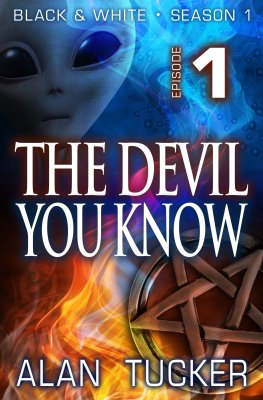www.upress.state.ms.us
The University Press of Mississippi is a member of the Association of
American University Presses.
Copyright 2013 by University Press of Mississippi
All rights reserved
Manufactured in the United States of America
First printing 2013
Library of Congress Cataloging-in-Publication Data
New York state folklife reader : diverse voices / edited by Elizabeth Tucker
and Ellen McHale.
pages cm
Includes bibliographical references and index.
ISBN 978-1-61703-863-1 (cloth : alk. paper)ISBN 978-1-61703-865-5
(ebook) 1. FolkloreNew York (State) 2. New York (State)Social life and
customs. I. Tucker, Elizabeth, 1948
GR110.N7N495 2013
398.209747dc23 2013015808
British Library Cataloging-in-Publication Data available
CONTENTS
Introduction
ELIZABETH TUCKER
Joanne Shenandoah and Jack W. Gladstone
LINDA ROSEKRANS
Ben Botkins New York
MICHAEL L. MURRAY
A Passover Tale
BARBARA MYERHOFF
The Syracuse University Remembrance Quilt
DEE BRITTON
Memorial Images of the Twin Towers
KAY TURNER
Ralph Ellison Collects Childrens Folklore in Harlem
ROBERT BARON
BRIAN SUTTON-SMITH
Dance Performances of the Sudanese DiDinga in Syracuse
FELICIA MCMAHON
Kite Flying from the Silk Road to Roosevelt Avenue
ELENA MARTNEZ
VALRIE FESCHET
The Sonideros of Mexican Youth Dances
CATHY RAGLAND
Filming the Making of a Buddhist Sand Mandala
PUJA SAHNEY
The Art of Stonework and Wall Building in Westchester County
TOM VAN BUREN
ELLEN MCHALE
RYN GARGULINSKI
Understanding Who We Are as Creation
CURTIS HARRIS AND LEOTA LONE DOG
Progressive Education and Folklore in the Catskill Mountains of New York
DALE W. JOHNSON
Ruth Crawford Seeger and Zilphia Horton
JULIA SCHMIDT-PIRRO AND KAREN M. MCCURDY
Interpreting African American Fraternity Brands and Their Bearers
SANDRA MIZUMOTO POSEY
KAY KENNEDY, GUS HEDLUND, AND EDITH BILLS
Compiled by Varick Chittenden
LYNN CASE EKFELT
STEVE ZEITLIN
DiDinga dancers. Photo: Geoffrey Gould.
INTRODUCTION
Under the blazing summer sun in July 2005, a small group of young DiDinga men performed a traditional dance as part of the social event called gyrikot in their homeland, Sudan, in northeastern Africa. Most of the young men wore white T-shirts, blue jeans, and sneakers. Making percussive music with wooden spoons and aluminum pie pans, they shared their excitement with their audience. Soon men, women, and children were clapping in time to the music. These young singers had survived an arduous trip from Sudan, where civil war had devastated their villages and killed members of their families. Prevented from undergoing initiation to manhood because of this genocidal war, the young men had bravely walked many miles to a refugee camp. Citizens of Syracuse, New York, had invited the young men to make Syracuse their new home, and Felicia McMahon, research professor at Syracuse University, had invited them to perform at the Schweinfurth Memorial Art Center in Auburn, New York, along with members of two other ethnic groups with a history of overcoming severe challenges.
Children and parents who had recently arrived from Myanmar (formerly known as Burma) made up the second group. Wearing white robes symbolizing their national pride as young people from the Karen tribe, a group of children sang about their hopes for the future. Elders who introduced their performance explained that many of the seven million members of this ethnic minority group living in Myanmar had become refugees after Burmese soldiers destroyed their homes, crops, and livestock. After losing their familys way of life in Myanmar, they had begun a new way of life in New York State. To the side of their performance area, their mothers demonstrated their skill at traditional weaving (tahtah). While learning to be New Yorkers, these parents and children enjoyed sharing their Karen identity with people of various ethnicities.
The third group that performed in Auburn that sweltering afternoon represented the original population of New York State. Brenda Bush, a traditional artist of the Oneida Turtle Clan, quietly soaked cornhusks in preparation for creating no-face corn husk dolls. Nearby, John Webster of the Oneida Wolf Clan worked on elm-bark ceremonial rattles. Both of these kinds of craftsmanship have been important aspects of the states folk culture for centuries. Although New Yorks Native people have undergone many changes and difficulties since the arrival of the first European explorers, their spirit remains strong, and their audience of non-Native people was eager to learn about their areas of expertise.
This book honors the diverse voices that have made New Yorks traditional culture so rich and intriguing. The term voices has a double meaning for the two of us who have edited the book, since it not only refers to individual and group expressions of folklore but also references the title of the publication Voices: The Journal of New York Folklore. Both of us have been members of the New York Folklore Societys executive board, and both of us feel proud of our societys publications that have appeared since 1944: not only Voices but also New York Folklore Quarterly, New York Folklore Newsletter, and New York Folklore. Through this volume, we hope to share the journals insights with a larger audience.
New York and its folklore scholars hold an important place in the history of the discipline of folklore. Folklorists in New York are found both within academia and within public benefit institutions such as libraries, museums, and arts agencies, and many maintain dual appointments. In this volume, the works of New Yorks academic and public folklorists are presented together, since the two trunks of our disciplines growth are closely intertwined. The energy that generates all three aspects of folklore scholarshipteaching, fieldwork/research, and program administrationhas produced memorable contributions to the field of folklore. With the beginning of government support for folklore scholarship through the granting mechanism of the New York State Council on the Arts and the leadership of Dr. Robert Baron of the Folk Arts Program, public folklore scholarship in New York saw its ascendency in the 1990s. Its focus on field-based studies has continued into the twenty-first century. Folklorists working in New York State have been given support for thoughtful, careful field research and for publishing their field studies in exhibition catalogs and program notes, and in the publications of the New York Folklore Society.
Folklore scholarship in New York has benefited from its close association with educational and social reform movements, and with American popular culture in the twentieth century. As described in this volume, campers at Camp Woodland, a progressive education camp that was based in the Catskill Mountains from 1939 to 1962, drew upon the folk culture of the Catskills to impart democratic principles and a sense of community to their young campers (Johnson 2002: 6). Similarly, the Foxfire Movement in Education, which focused on the study of Appalachian culture through hands-on interviewing by students, spawned several New York Statebased programs in the 1980s and 1990s that were a direct result of this model.










